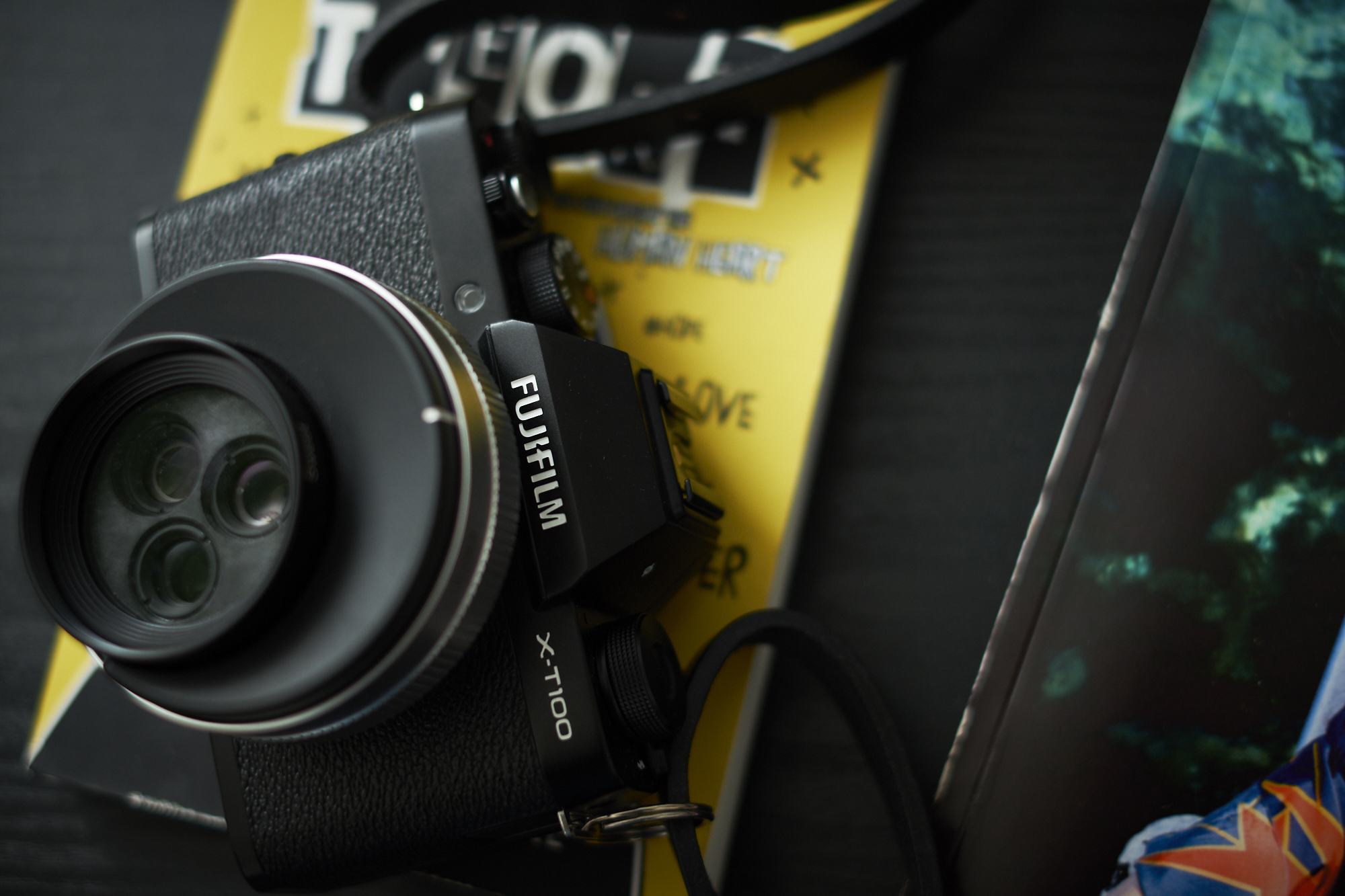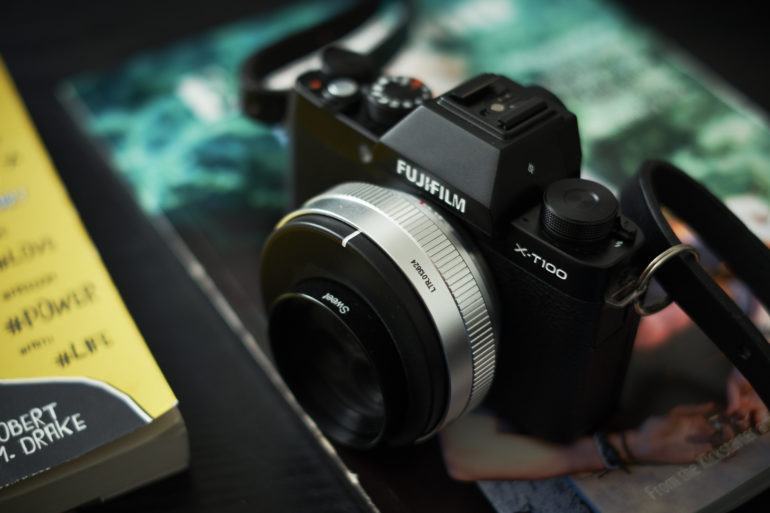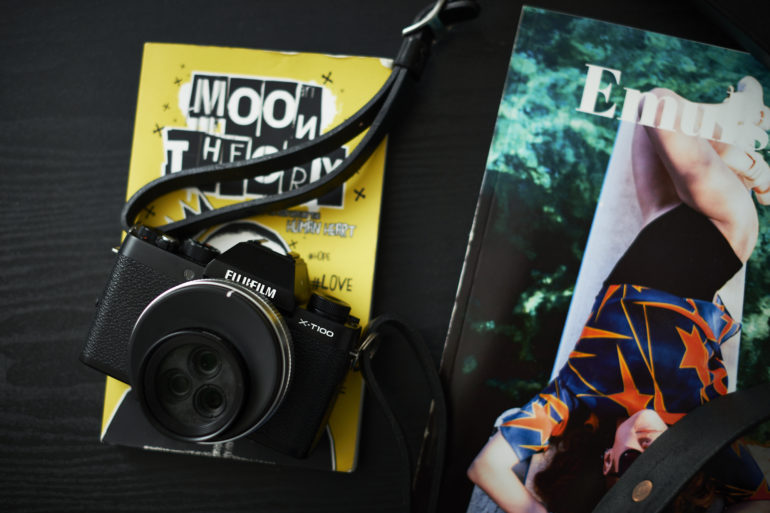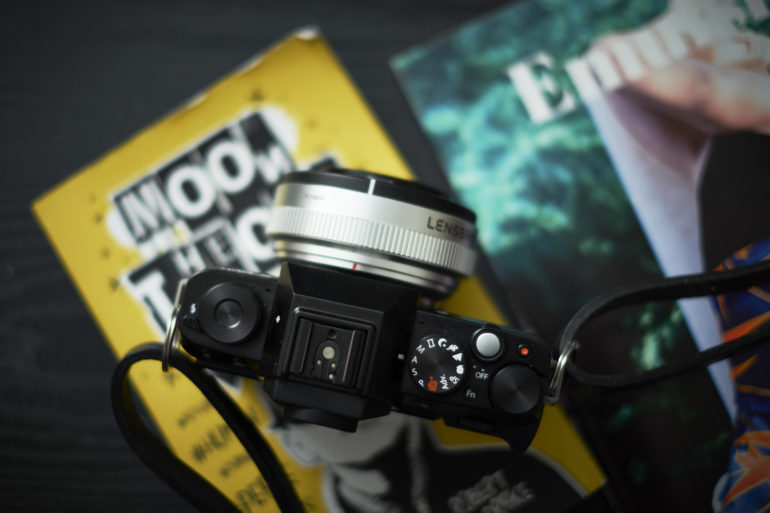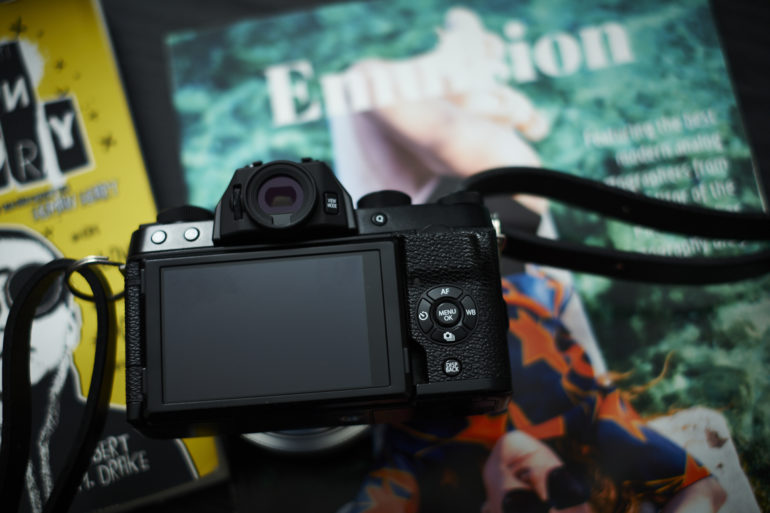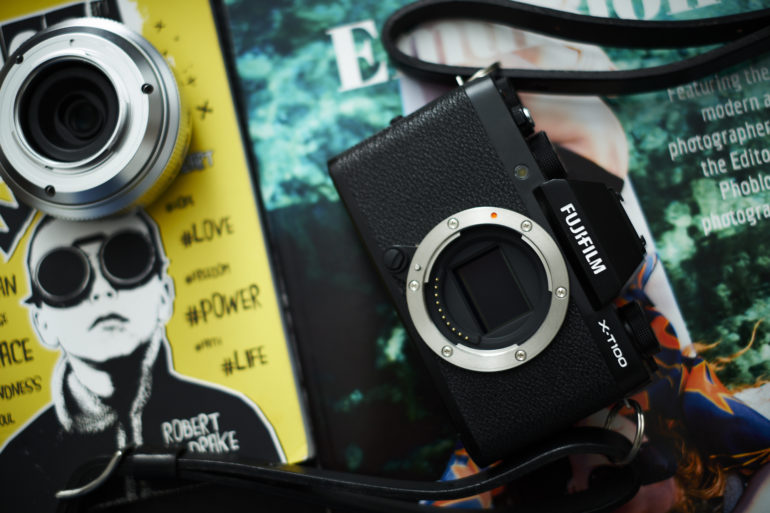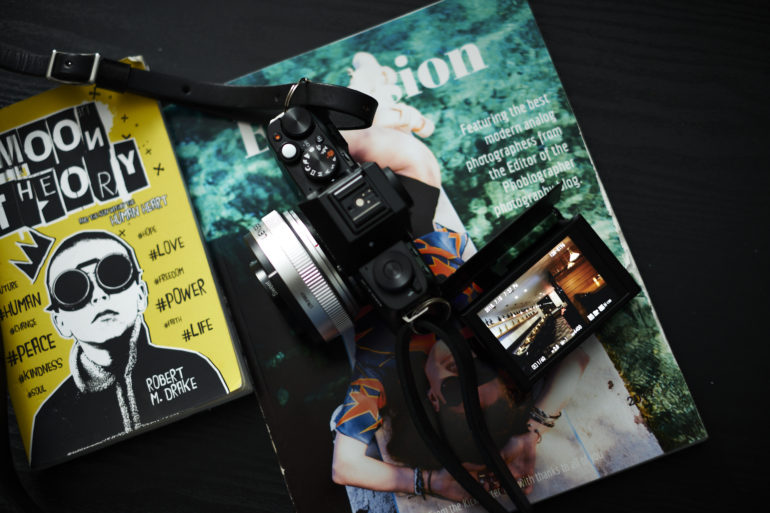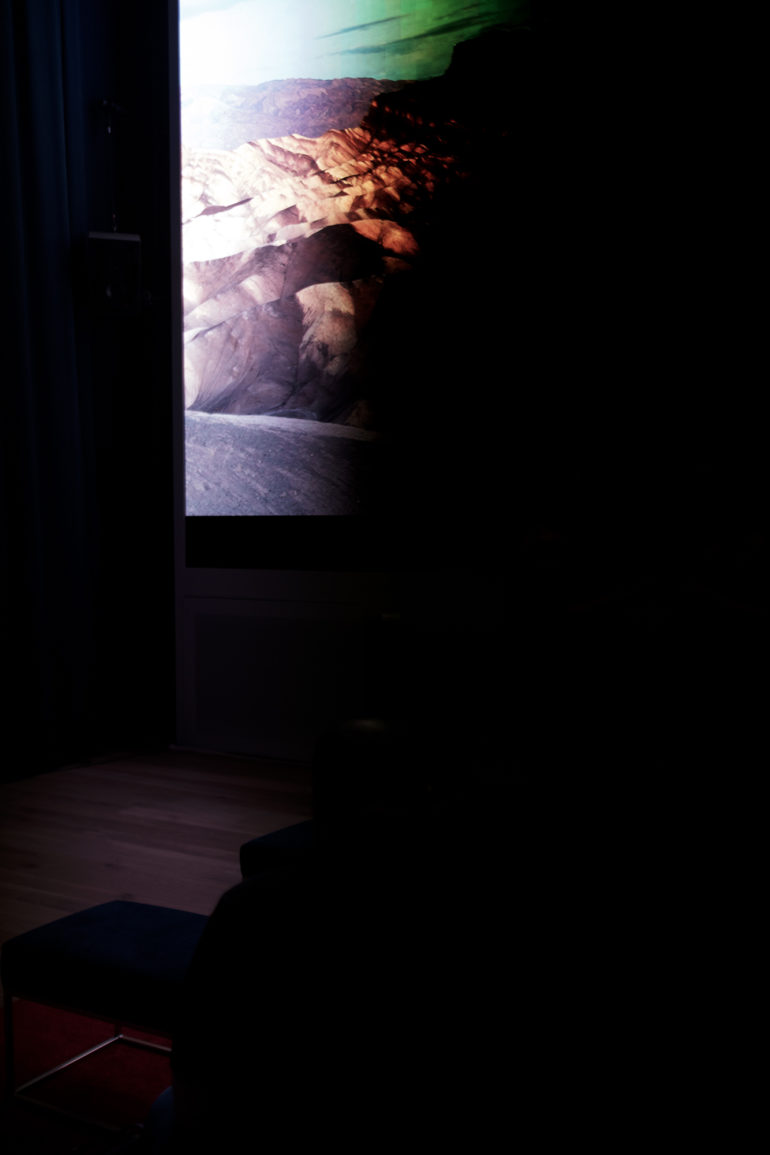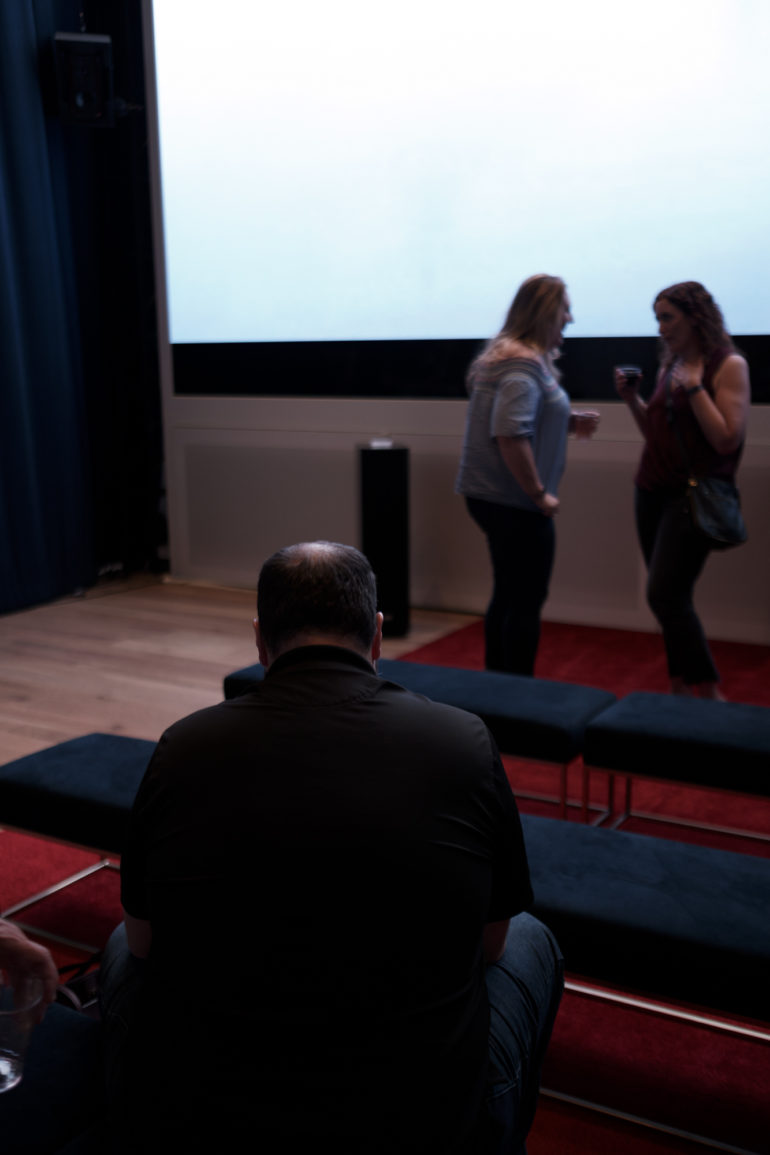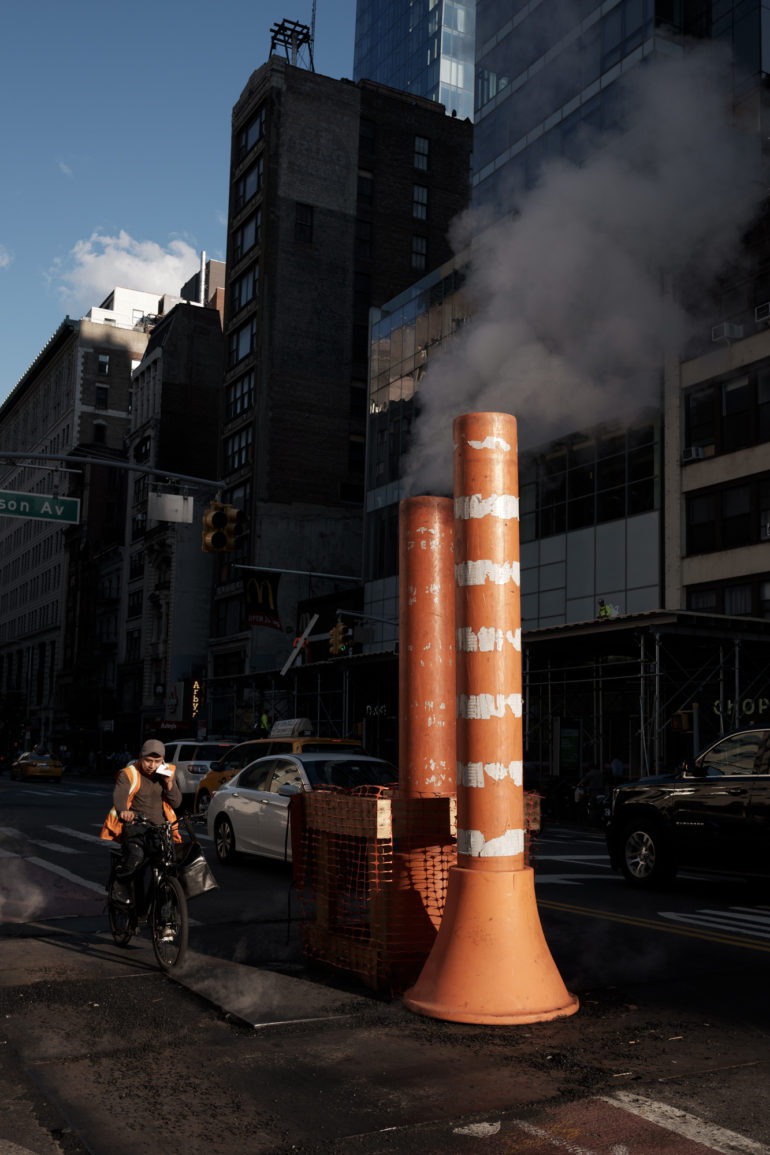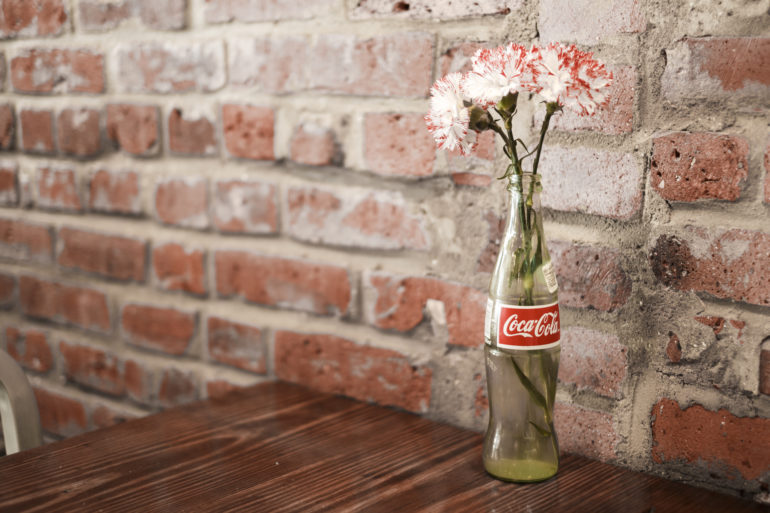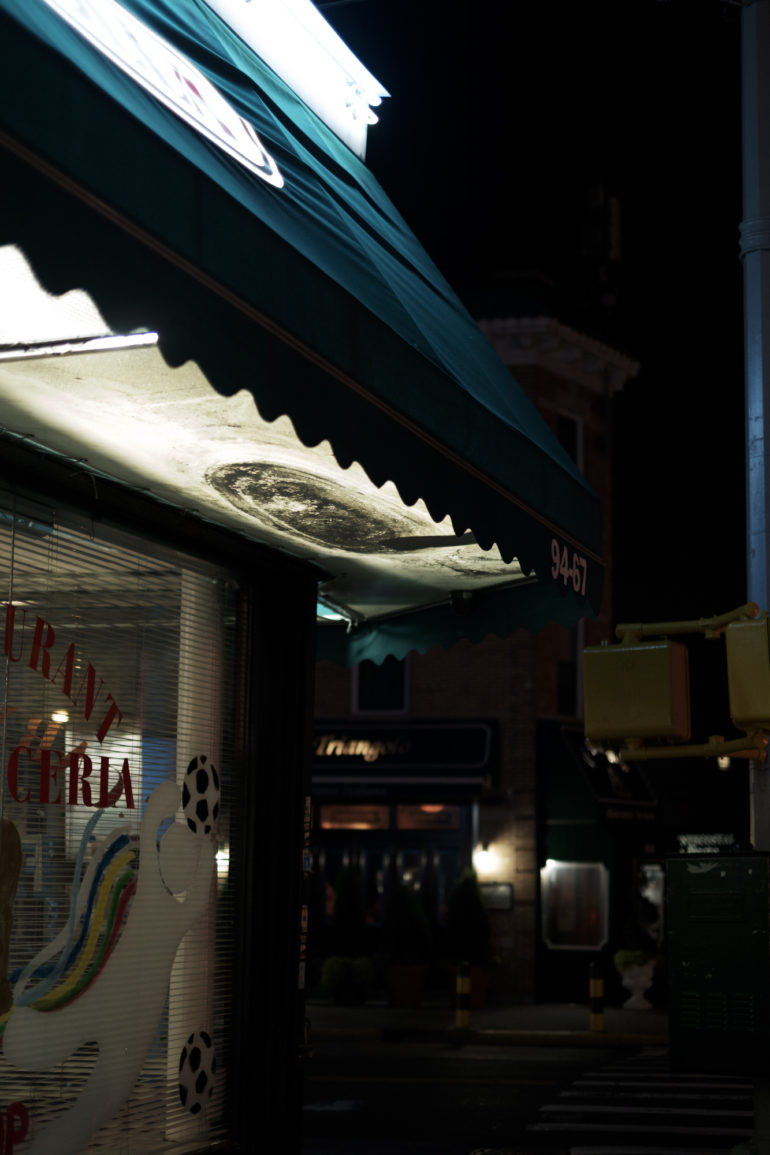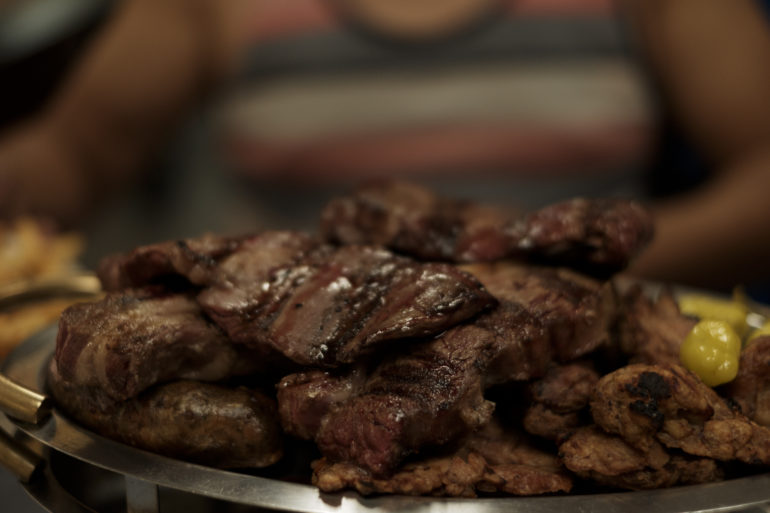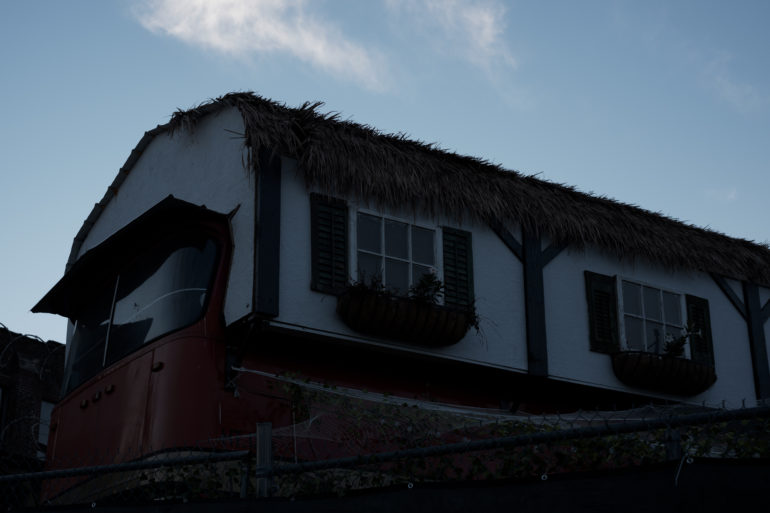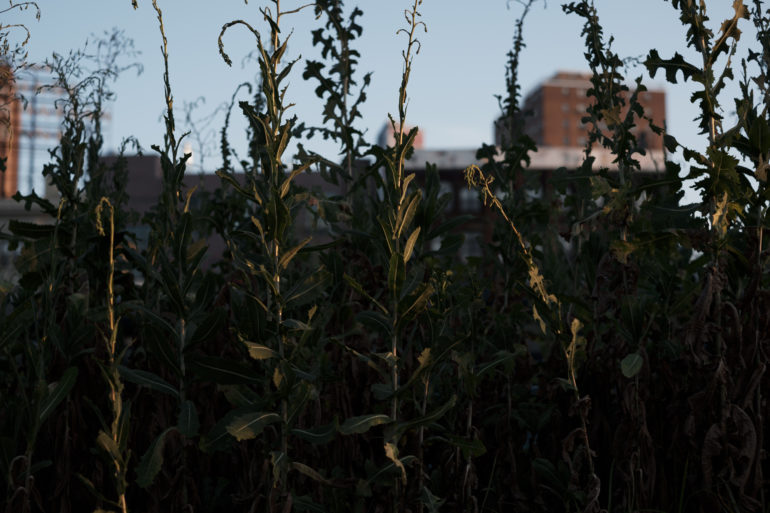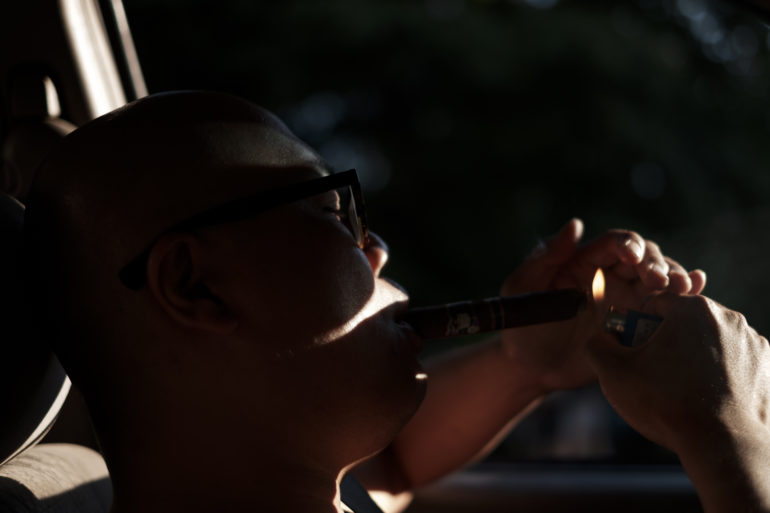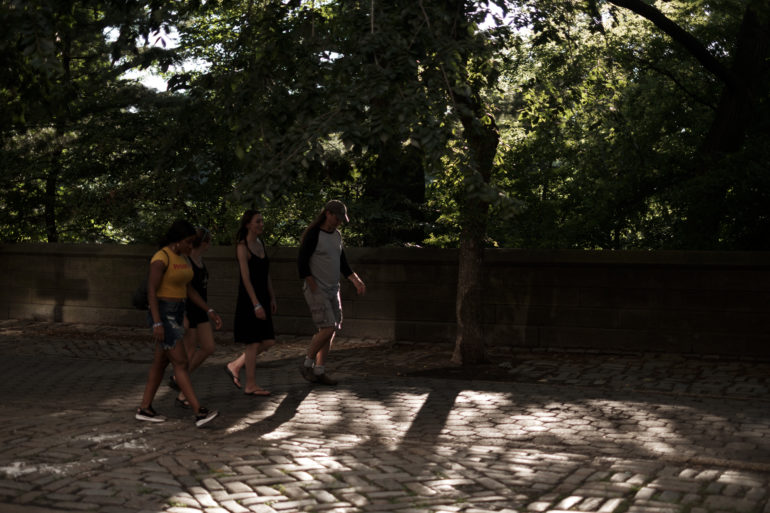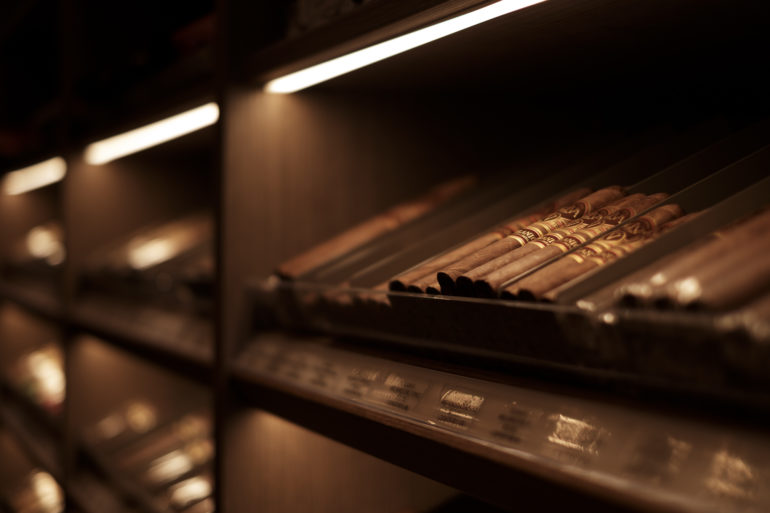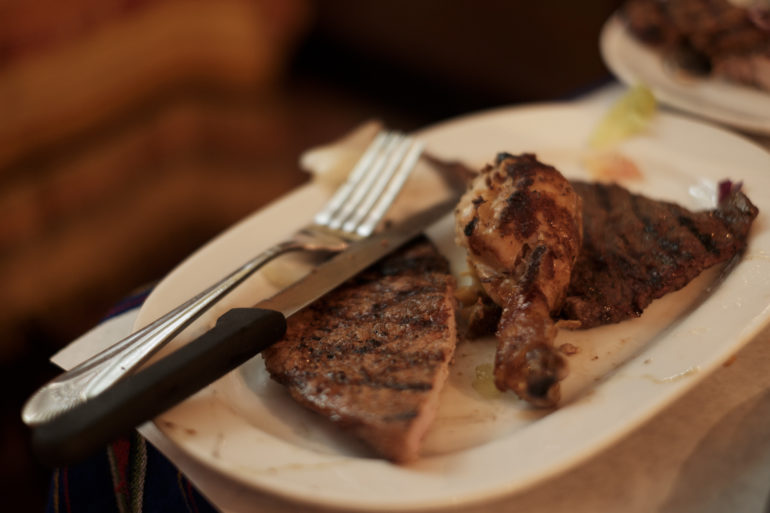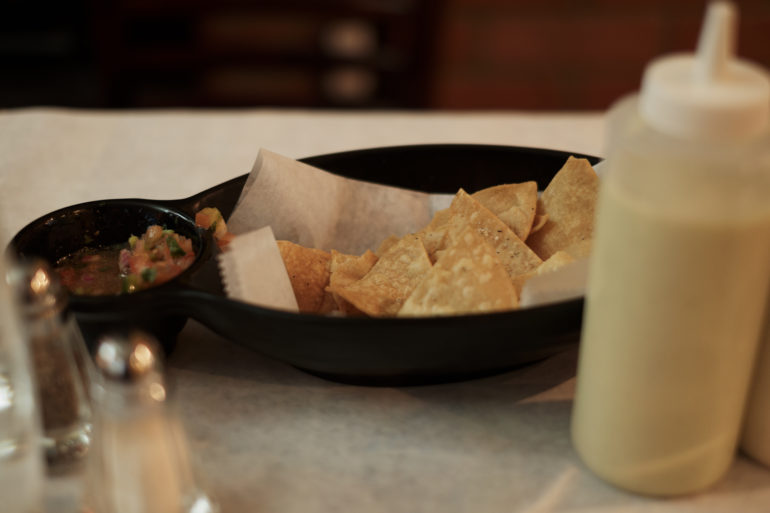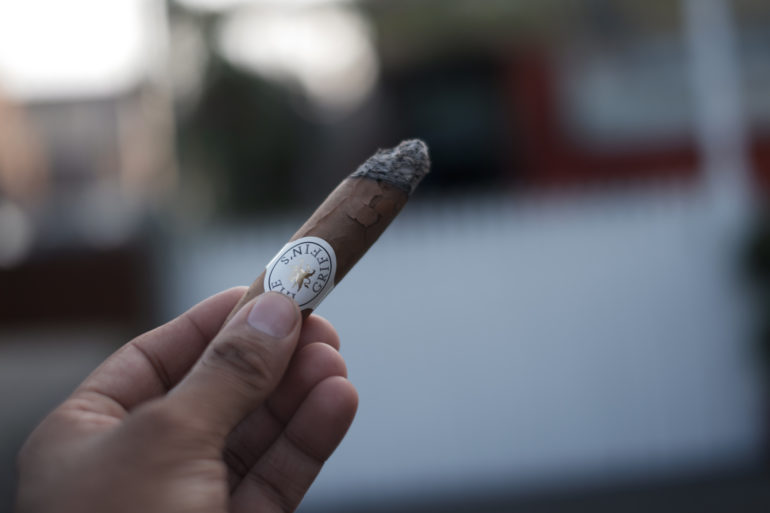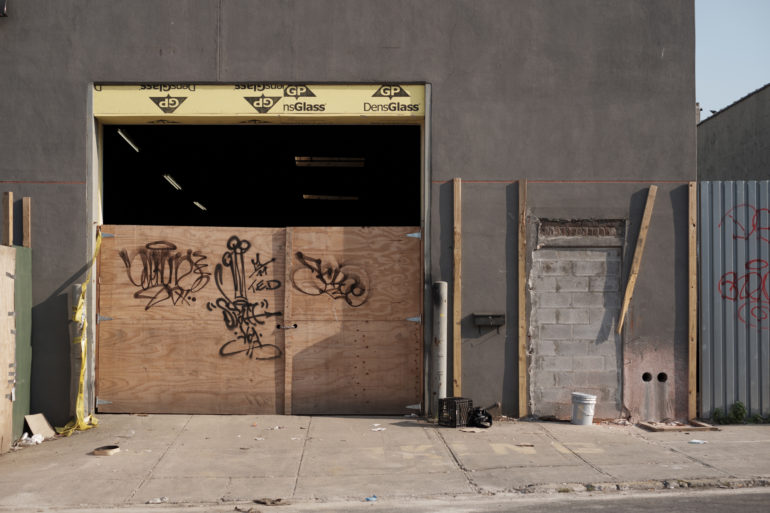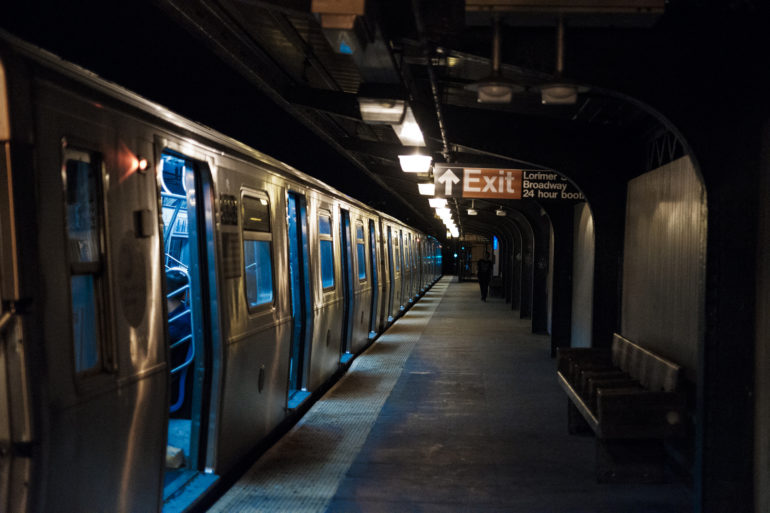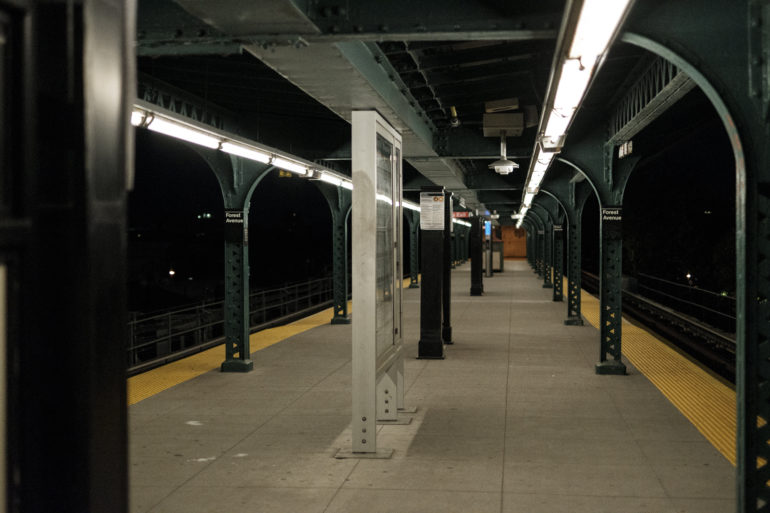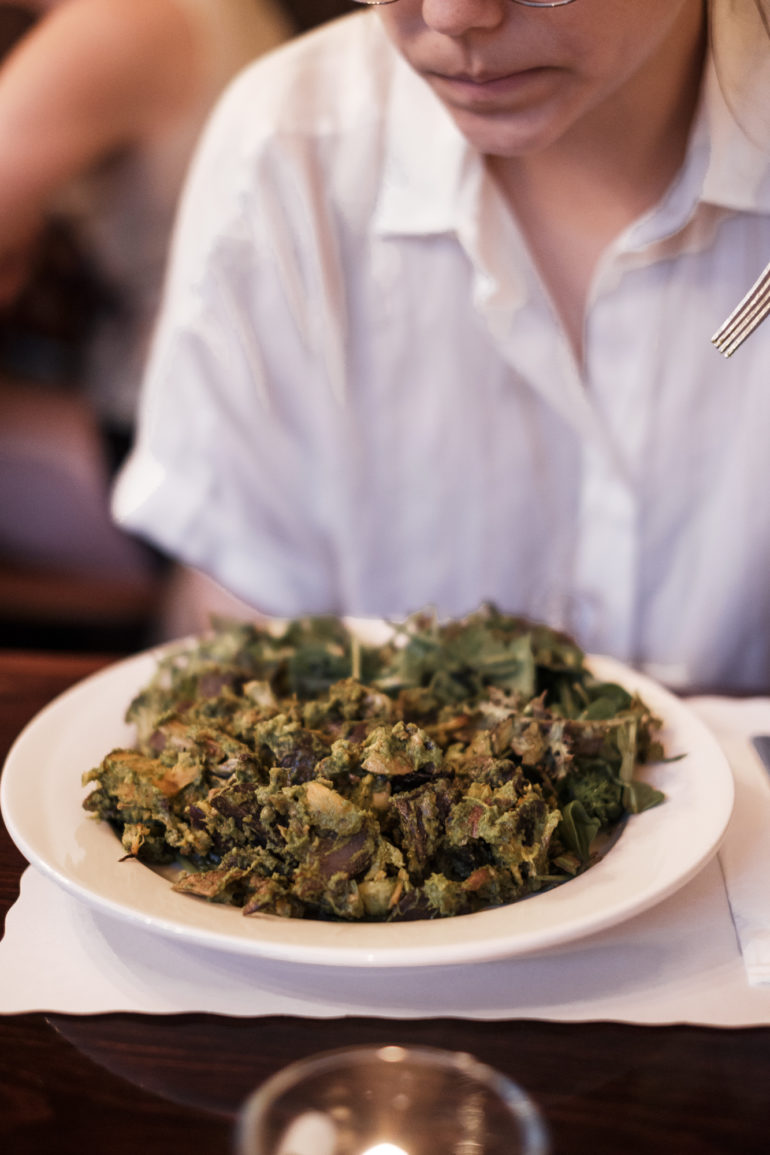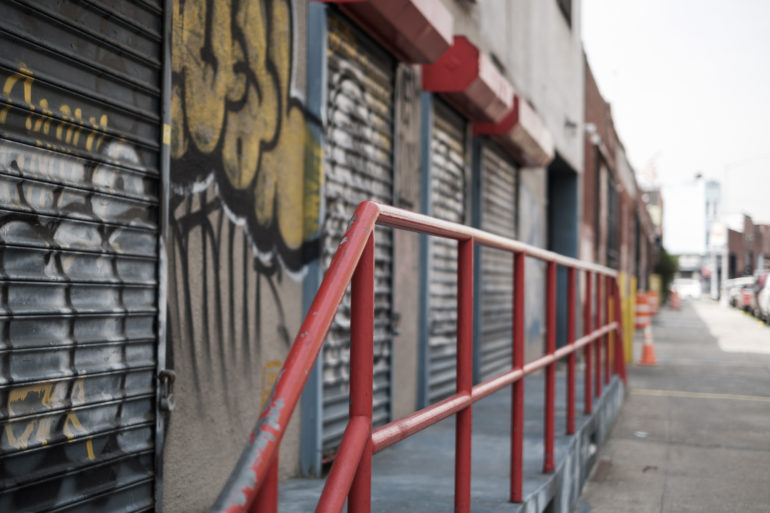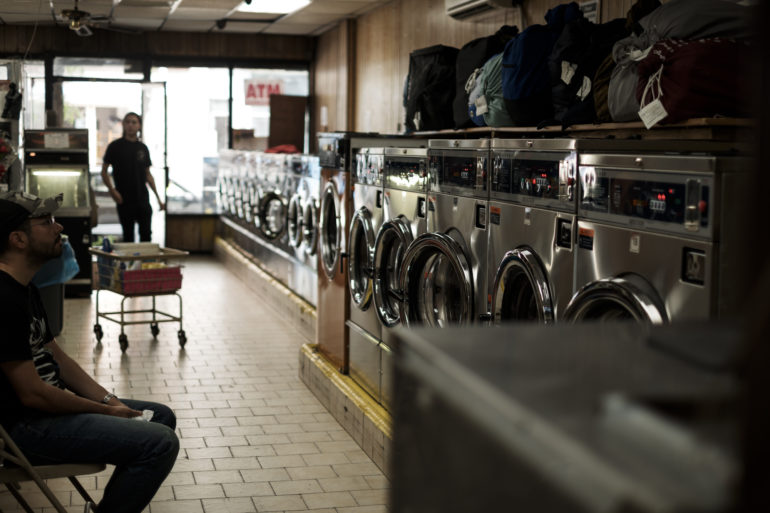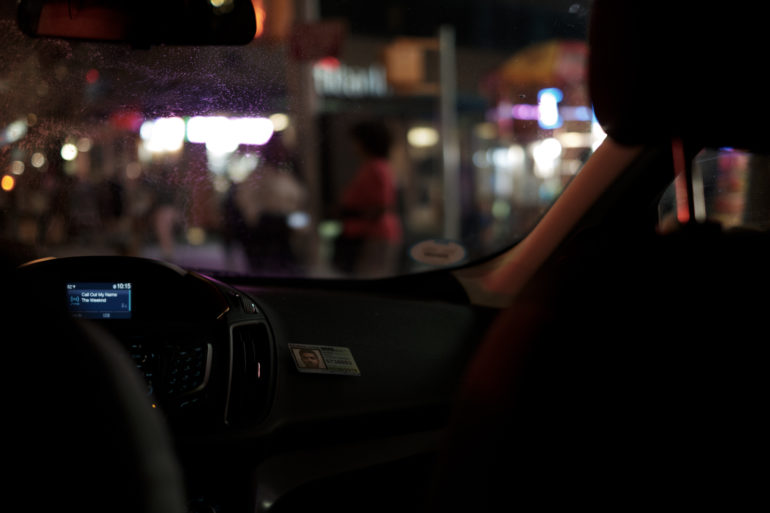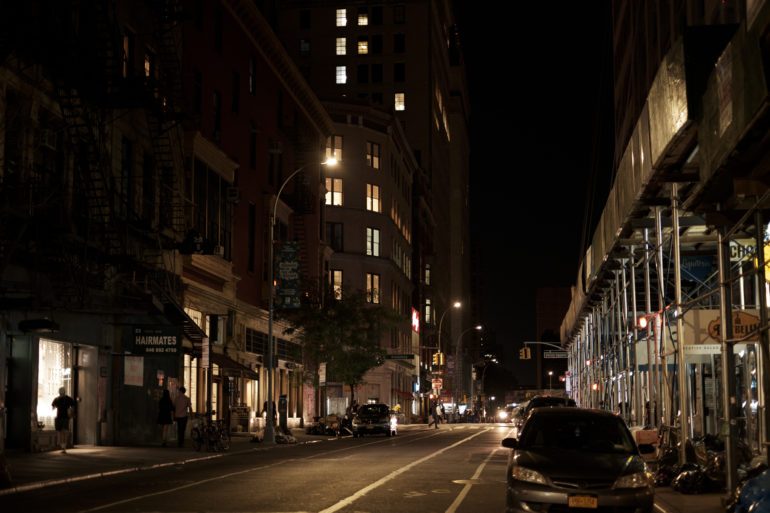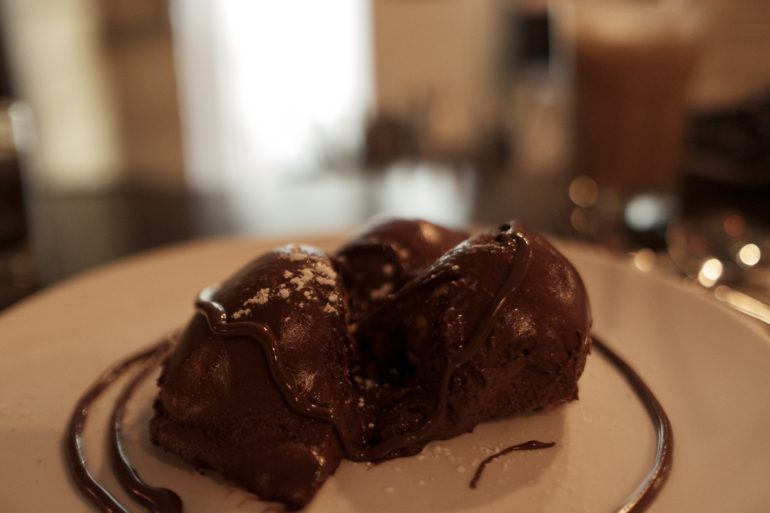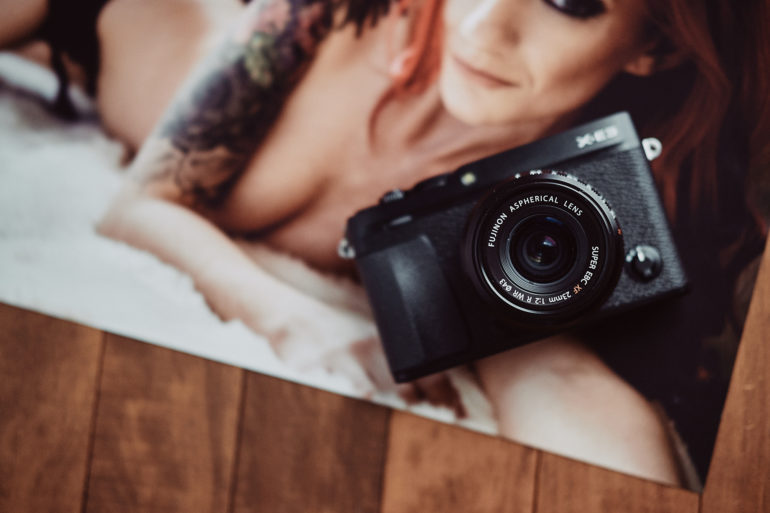Last Updated on 02/03/2020 by Brett Day
The Fujifilm XT100 is a nice camera, but there are so many better options in the lineup, and it’s evident.
I had my doubts when the Fujifilm X-T100 was first announced, and throughout my testing I found it to be the company’s most bland, interchangeable lens camera yet. Granted, Fujifilm’s particular flavors still stand out quite a bit from Olympus, Sony and Panasonic in many ways. But I’d liken this comparison to the difference between instant coffee and the freshly ground and roasted stuff you’d get from a proper roaster. And because I’m particularly hungry, I’d make it synonymous to the difference between a New York bagel freshly made vs a Lenders’ or Thomas’ that you’d get from the grocery store. In both situations, the Fujifilm X-T100 is the lower hanging fruit (or bagel). With this said, the Fujifilm X-T100 should be bought by someone who feels that they’ll need to upgrade perhaps within a year or so. If you want a more premium product that will last, I strongly encourage you to check out their higher-end models.
With a 24MP sensor at the heart of the Fujifilm XT100, one should note that it isn’t an X Trans sensor. The ergonomics, on the other hand, are very Fujifilm in their feel and interface. With that said, I’m still not particularly fond of their swipe interface on the touchscreen.
Let’s get into this review.
Pros and Cons
Pros
- Nice small size
- Great ergonomics
- Nice small size
- Great ergonomics
Cons
- Disappointed in high ISO output at ISO 6400 and how grainy it is while lacking details
- Choosing the focus point while the camera is to your eye is tough to do with the touchscreen. Otherwise, you press the AF button and move the focus point.
- Fujifilm’s new back dial is fantastic in terms of ergonomic placement and design.
- The touchscreen interface is still odd.
- Using the touch-swipe functions are awkward with touch shooting or autofocusing.
- You can clearly tell that the results aren’t from an X Trans sensor.
- Autofocus in low light isn’t the best; saw this with the plant.
- Weird issues occur sometimes with artificial lighting and the electronic shutter. But this is common for many camera brands. Shooting at a specific shutter speed in manual mode negates this.
- Editing High ISO images shows how much the image quality starts to break apart after 1600. WE NEED X TRANS!!!
- At least in Lightroom, I’ve always felt Fujifilm’s sensors to have much more versatile output. This one isn’t that versatile.
Gear Used
We tested the Fujifilm X-T100 with the Fujifilm 23mm f1.4 R and the Fujifilm 35mm f1.4 R.
Fujifilm XT100 Tech Specs
Taken from our original news post
- 24.2MP APS-C CMOS sensor and high-speed imaging processor equipped with Phase Detection AF system
- 3” (approx. 1,040K-dot) high resolution LCD touchscreen can be tilted 3 ways
- Standard output sensitivity of ISO200 – ISO12800
- Extended output sensitivity: ISO100 – ISO51200
- 4K video recording up to approx. 30 mins
- Full HD 1920 x 1080 59.94p / 50p / 24p / 23.98p, Continuous recording up to approx. 30 min.
- HD 1280 x 720 59.94p / 50p / 24p / 23.98p, Continuous recording up to approx. 30 min.
- High Speed Movie 1280×720 / 1.6x / 2x / 3.3x / 4x, Continuous recording up to approx. 7 min.
- Bluetooth® version 4.1 low energy technology
- Wi-Fi® image transfer and remote camera operation
- Improved battery life for still images – approx. 430 frames
- Start-up period:
- 0.4 sec., when High Performance mode set to ON
- 0.8 sec., when High Performance mode set to OFF
- Photos can be sent to instax SHARE printers using the free “instax SHARE” app
- Accessories include:
- Li-ion battery NP-W126S
- AC power adapter
- Plug Adapter
- USB cable
- Shoulder strap
- Body cap
- Owner’s manual
- Detachable Grip
Ergonomics
When you look at the Fujifilm XT100, what you see is a very plain camera. From the front, that’s absolutely true. Where a few other Fujifilm cameras may have a switch for the type of autofocus to engage, the Fujifilm XT100 doesn’t bother.
On top of the camera you’ll find a few of the settings. The top left is best assigned to ISO control, then there is the mode dial, the shutter button, the video button, function, on/off switch, and the other exposure dial. Indeed, it doesn’t have a hard exposure dial the way some other higher models have.
Turn to the back of the Fujifilm XT100 and you’ll find one of the most smartly placed and designed exposure dials in the top back right. Then there are buttons on either side of the screen. The screen, however, takes up most of the real estate. The EVF is the only other thing you’ll probably care about here.
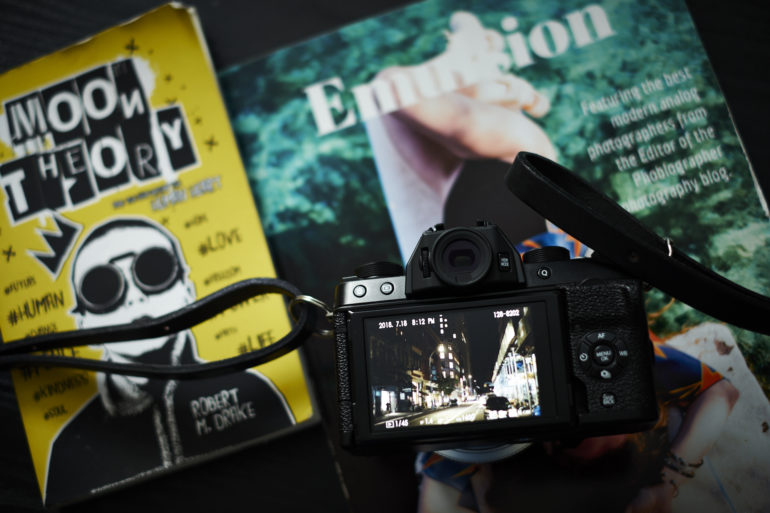
The Fujifilm XT100’s screen is touch capable and can flip out and to the side. It’s a rather nice design!
Build Quality
The Fujifilm XT100 is built well, but when you hold this and then the XT2 or the X Pro 1, you’ll notice the build quality difference. The Fujifilm XT100 feels like a more modern Canon A-E1 film SLR. It does a good job of this. With that said, it isn’t weather sealed, it feels plastic, and it’s both small and lightweight. If you’re okay with this, then please go for it!
Ease of Use
When exploring the Fujifilm XT100, the newer and fresher photographer will have no problems navigating the camera. The dials are very nice–especially the back dial and the top left dial. In fact, if you’re operating the camera using only the buttons, you shouldn’t have any problems. It’s going to be a much more antiquated interface, but it will be reliable. The equalizer is the Fujifilm touchscreen gesture style interface (at least it should be). I’ve never liked the Fujifilm way of interacting with the screen, and with the Fujifilm XT100 I’m still left with an unsavory taste in my mouth. In fact, I found it even more difficult to interact with the screen than with previously tested cameras.
In addition to this, it should be noted that when the camera sees artificial light, it will affect the image quality. You can see all this in the images above.
Autofocus
The Fujifilm XT100 has decent autofocus in good lighting. Even its continuous autofocus algorithms aren’t too bad if you’re using the right mode. Tracking, indeed, won’t be terrible if you’re not all about the pixel peeping life. But if you’re looking at the scene as a whole, you’re not going to get the best and most accurate autofocusing. Where it really suffers is in low light. In situations where any of the company’s higher end cameras wouldn’t have any sort of issues focusing, the Fujifilm XT100 felt only slightly faster than the original Fujifilm X Pro 1 before all the firmware updates. In fact, the Fujifilm X Pro 1, with the latest firmware updates, is able to outpace the Fujifilm XT100 in low light.
That’s saying something…
Image Quality
The Fujifilm X-T100 has a sensor that isn’t X Trans. So, it doesn’t have a lot of the unique things that make Fujifilm so magical. As we talked about in our Instagram TV episode, it can’t do Acros or Eterna. However, it can still do Classic Chrome. While a lot of photographers love Classic Chrome, I’m not sure that the lack of an X Trans sensor helps all that much if you’re very familiar with the way the system works.
JPEG Output
I truthfully feel like the Fujifilm XT100 is more than anything else a JPEG camera. This is one of the only cameras that I’d say you should just forget about wanting to edit the RAW files in Lightroom or Capture One. C1, at the moment of publishing this review, doesn’t support the Fujifilm X-T100. The JPEGs are nice, and very worth the port over into your phone and then to Instagram.
If you want a “fun” camera, then maybe the Fujifilm XT100 is onto something.
RAW File Versatility
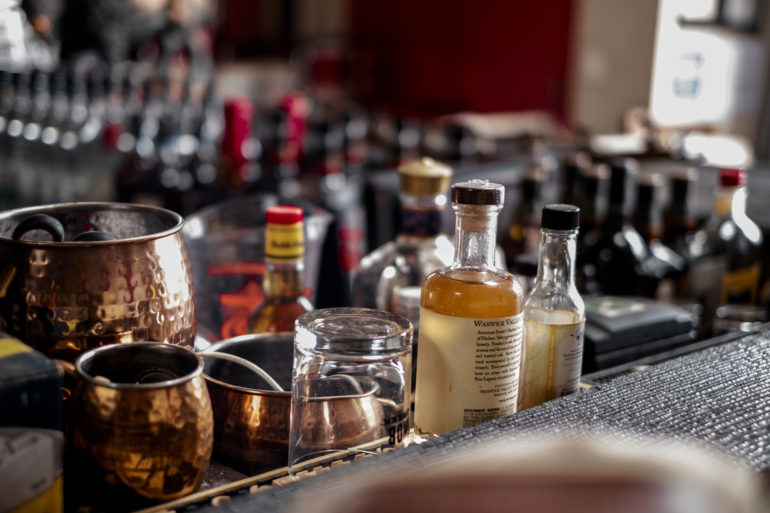
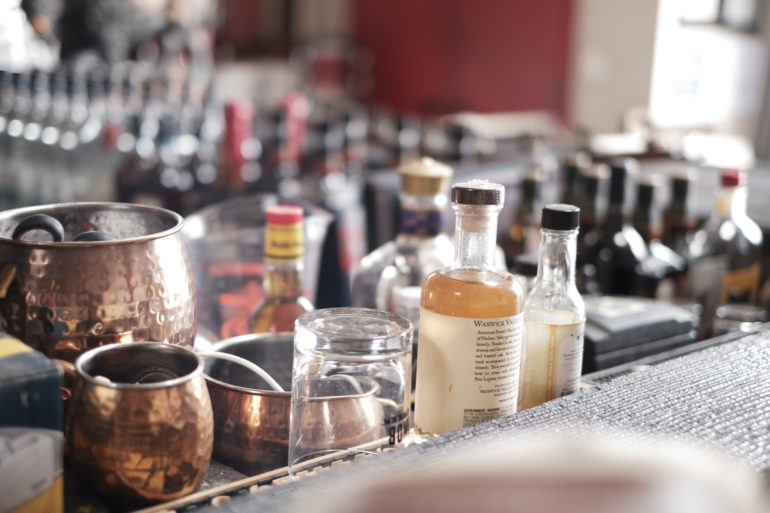
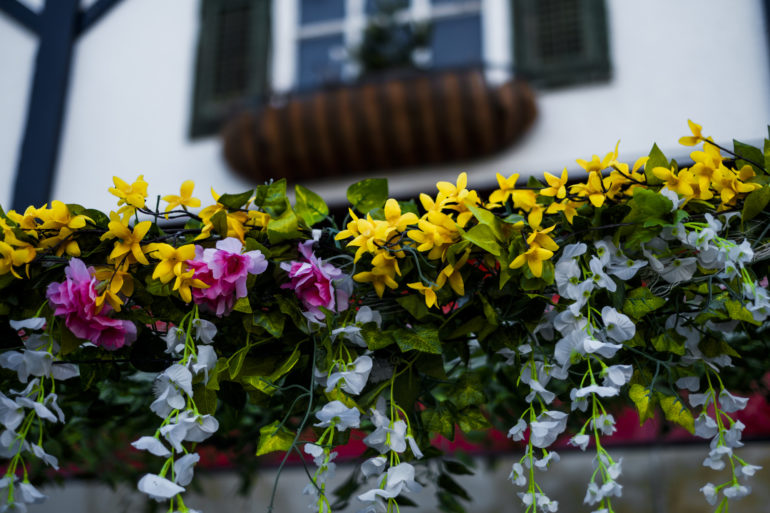
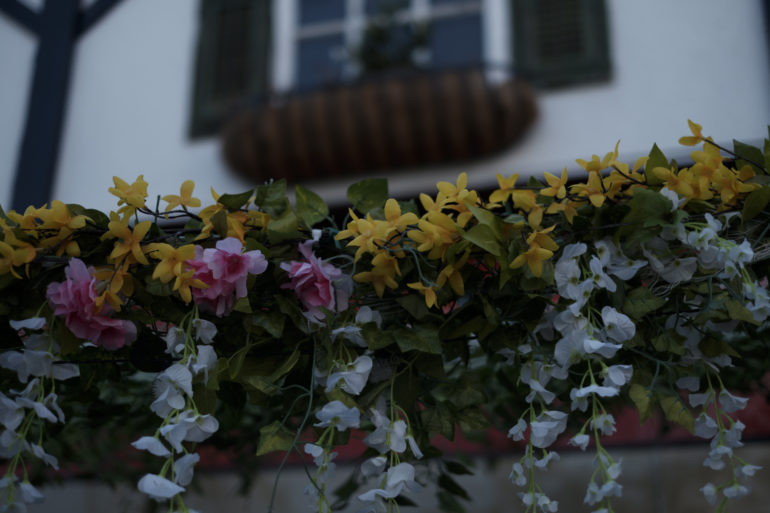
Uggggghhhhhhhhhhhhhh.
Of any Fujifilm camera that I’ve tested, the Fujifilm XT100 has the least versatile RAW files, especially at high ISO settings. When I was editing the RAW files, I vividly remember saying to myself, “What the hell?” Indeed, you can’t get a whole lot from the RAW files in comparison to those from other cameras. I’d liken it almost to Canon’s output and versatility.
High ISO Output
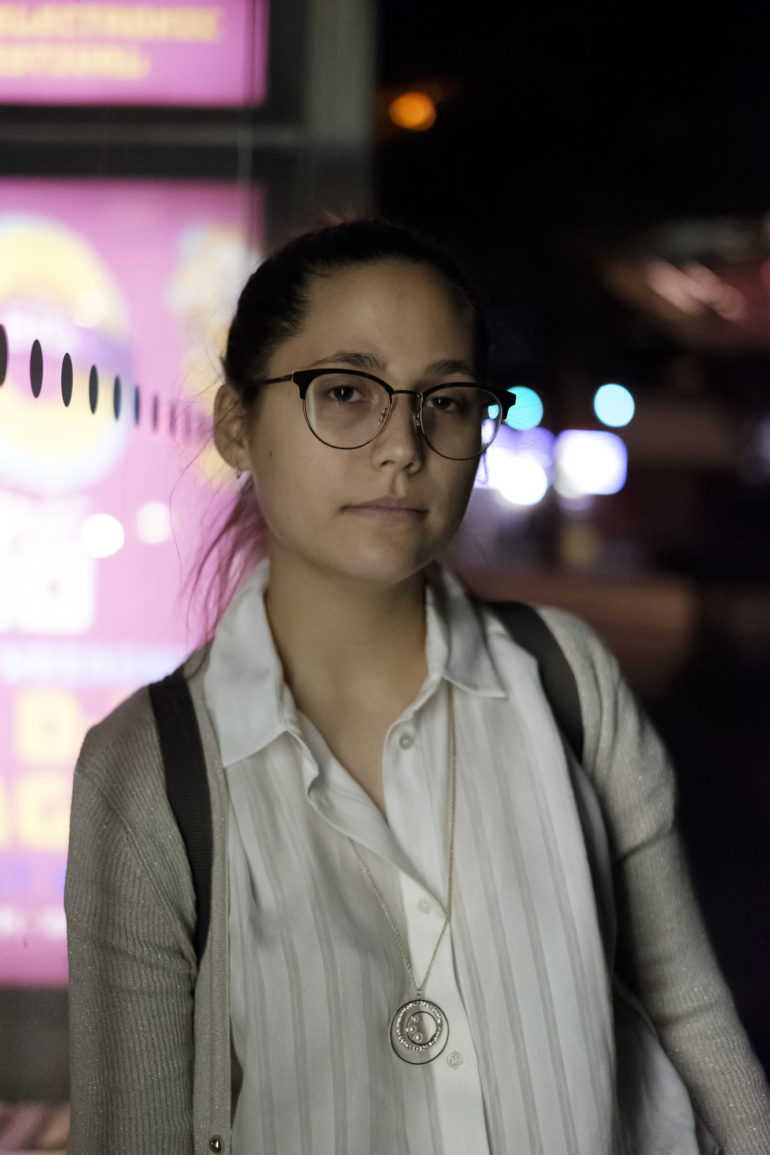
The high ISO output on the Fujifilm XT100 is pretty lacking. The X trans sensor I feel would have given more details and controlled the noise better. To that end, just shoot in JPEG.
Extra Image Samples
Conclusions
Likes
- Small size
- Fun to use
- Nice ergonomics
Dislikes
- Autofocus
- Image Quality
- Artificial light
- RAW file versatility
The Fujifilm XT100 isn’t at all a bad camera. Perhaps it is the most JPEG friendly in the Fujifilm lineup. It’s small and has a great feel in the hand, but when you use it you know that you’re using a cheaper camera for sure. Would I recommend it? Perhaps to someone who doesn’t want to seriously get into photography and is obsessed with getting an ILC. Even though, you’d be better served with a decent point and shoot.
The Fujifilm XT100 receives three out of five stars. Want one? Check out the latest prices on Amazon.
Recommended Lenses
Fujifilm 23mm f2 R WR: Perhaps the best walkaround lens, bang for your buck and great quality.


